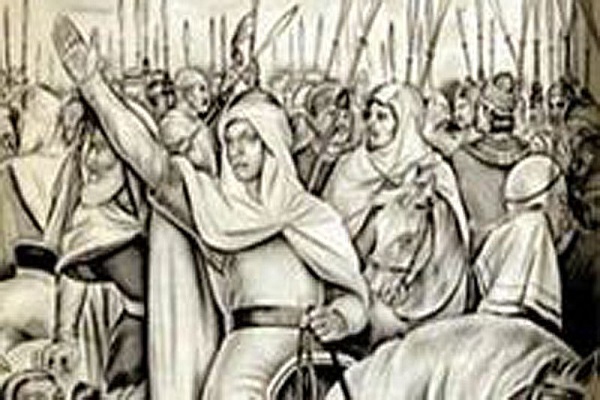Muhammad Bin Qasim was known by Laqab ‘Imad ad-Din.’ He was a military commander of the ‘Umayyad Caliphate’ and led the Muslim Conquest of Multan and Sindh from the last Hindu ruler Raja Dahir in a conflict with Alor. He was 1st Muslim to capture Hindu regions successfully and started the early Muslim Rule. This article has every piece of information about him, including Muhammad Bin Qasim History.
| Title | Description |
|---|---|
| Personal | |
| Name: | Muhammad bin Qasim |
| In Urdu: | محمد بن قاسم |
| Famous As: | Umayyad general |
| Nationality: | Arabian |
| Residence: | Ta’if, Arabia |
| Religion: | Islam |
| Profession: | General |
| Allegiance : | Al-Hajjaj ibn Yusuf, Governor to the Umayyad Caliph Al-Walid I |
| Rank : | General |
| Battles/wars : | Conquest of Sindh and Multan for the Umayyads. |
| Born | |
| Date: | 695 |
| Place: | Ta’if, Arabia |
| Family | |
| Parents: | Qasim bin Yusuf |
| Relatives: | Cousin Zubaidah, Al-Hajjaj’s daughter |
| Died | |
| Date: | 715 |
| Career | |
| Profession: | Umayyad general |
| Policy: | He adopted a conciliatory policy |
Table of Contents
Muhammad Bin Qasim History
Muhammad Qasim is considered one of the greatest generals not only in Islamic history but also in the history of the world. Hardly anyone has done such a great job at such a young age. His conquests further expanded Islamic borders. After the conquest of Multan, He was planning to conquer India when he was ordered to return.
On his return, he was imprisoned and later martyred in prison. It was not easy to manage such a vast kingdom. Therefore, after the return of Qasim, the conquered territories were reduced to Sindh and South Punjab. The personal obstinacy of the Umayyad Caliph Sulaiman bin Abdul Malik killed a conqueror and great general Qasim.
The Islamic world lost a great general and conquests. Today, thirteen hundred years later, people still remember him as the savior and benefactor of Sindh.
Qasim Date of Birth
He opened his eyes in c—694 in Taif.
Education of Qasim
His initial training took place in Basra. He was expected to be a capable and brilliant man in the future. Unable to pursue higher education due to poverty, he enlisted in the army after completing his primary education. He trained in the art of martial arts in Damascus.
His skills and abilities led him to achieve the highest position in the military and achieved an esteemed status.
Muhammad Bin Qasim Family
He belonged to an Abu Aqil family who achieved prestige with the emergence of Al-Hajaj ibn Yousaf, the paternal 1st cousin of Qasim’s father Al-Qasim ibn Mohammad ibn al-Hakam. His father, Qasim, was one of the prominent members of the family.
During the caliphate of the Umayyad Caliph Abdul Malik ibn Marwan, when Hajjaj ibn Yusuf was appointed governor of Iraq, he appointed prominent members of the Saqafi dynasty to various positions. Among them was Muhammad’s father, Qasim, who held the governorship of Basra.
Thus, his early training was completed in Basra, and he was only 5 years old when his father died.
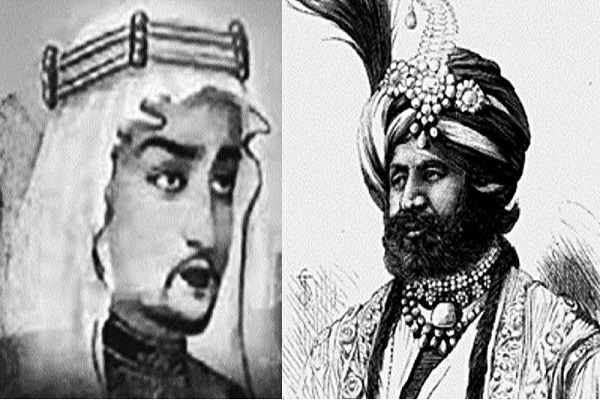
Career
When he was fifteen, he was given command of the army in 708 to finish the Kurdish uprising in Iran. It was the era of Waleed bin Abdul Malik, the Umayyads’ ruler and governorship of Irqa was in the hands of Hajjaj Bin Yousaf. Qasim succeeded in that campaign and made Shiraz a small cantonment.
Meanwhile, he was made the governor of Shiraz, the capital of Persia. By ruling with his skills, he marked his ability and intelligence, and when he was seventeen, he was sent as the general of Sindh. His series of conquests began in 711 and continued until 713.
He conquered important areas of Sindh and completed the conquests of Sindh by conquering Multan, but the desire to advance towards North India was not fulfilled by the circumstances.
Services in Fars
His 1st assignment was in Fars, and he was asked to defeat a faction of Kurds. After successfully completing his mission, he was designated as Fars’s Governor. He succeeded Muhammad ibn Yousaf, the brother of al-Hajjaj, who previously served as governor.
Qasim revived the city of Shiraz. He constructed a military camp and royal villa in this city. The link between Islam and Hindu Sind was formed by Muslim missions during al-Khilāfah ar-Rāšidah. Al-Hakim, who attacked Mecran in 649 A.D., was a partisan of Abu Talib.
During Ali’s caliphate, many Jutts of Sindh came under the influence of religion Islam, with some even died for battling for Ali.
Sindh Before the Advent of Qasim
Thirteen hundred years ago, the area to which Sindh was applied was very long and wide. The country which was called Sindh during the reign of Raja Dahar before Islam, stretched from Makran in the west to the Arabian Sea and Gujarat in the south, the middle of present-day Malwa and Rajputana in the east, and from Multan in the north to the interior of southern Punjab, which Arab historians called Sindh.
This country is so ancient that it is not possible to say how long it has existed and what changes have taken place in its name. History alone shows that when Arya came to this country thousands of years ago, they named it ‘Sindhu’ because they used to call the river ‘Sindhu’ in their language.
At first, they used to call this country Sindhu, but gradually they started calling it Sindh. This name became so popular that even after thousands of years, its name is Sindh. It is said that in the beginning, all the lands conquered by the Aryans in Sindh were named after Sindh.
Rulers in Sindh
The kings who ruled in Sindh before Islam were called Rai. Before the migration of the Holy Prophet (P.B.U.H), there was a Rai government here, and the government lasted for one hundred and thirty-seven years. There have been five kings of this government who were devout Buddhists,
Their names are:
- Roy Devonch
- Rai Sihars
- Rai Sah C.
- Rai Sehras Sani
- Rai Sah C Sani
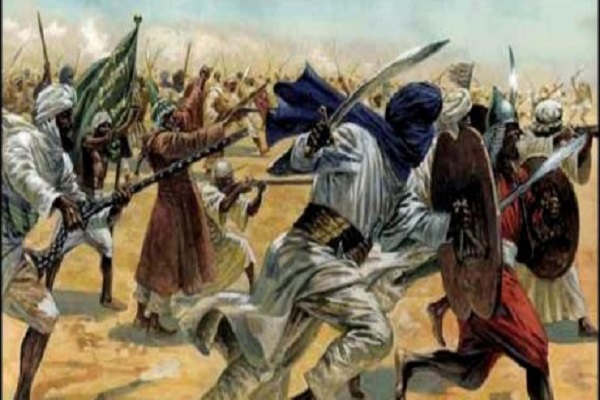
Attack on Caravan
The ruler of Sarandeep sent some valuable presents to Hajjaj ibn Yusuf from the island Yaqoot. Some Muslim women in the caravan boarded boats to visit the Bait Ullah. Then when the caravan reached the region of Qazrun, the winds from the opposite direction brought the boats to the shores of Debal.
Where the Nika Mara gang raided eight ships, looted property, and arrested Muslim women. The people of Sarandeep explained to them that these gifts are for the king, so you should return the goods immediately. One of the abductees escaped and reached the Hajjaj and told the Hajjaj that Muslim women were imprisoned by Raja Dahar, who was calling you for help.
Letter by Raja Dahar
In those days, the Muslims had opened the fronts of Andalusia, Spain, and Turkestan under the leadership of Musa ibn Nasir and Qutaybah ibn Muslim respectively, and there was no capacity to open a third major front. Raja Dahar wrote to the ruler of Sindh and demanded the return of the prisoners.
Muhammad Bin Qasim Popularity
Qasim’s army and managerial achievement is a remarkable milestone in the history of Indian and Pakistani Muslims. He was a skilled administrator, competent ruler, and political figure. He didn’t ruin Sindh’s system after his victory and handed over internal matters to the local people.
The Brahmins created a very pleasant atmosphere by gaining entry into the administration of the country. He also left the right to make rules of wealth etc., to these people. Not only were they happy with this, but also, they went from place to place and preached this amnesty and benevolence, which made the atmosphere even more pleasant and compelled many to obey.
The behavior of Qasim with Hindus
Qasim’s behavior with Brahmins and temples is also acknowledged by contemporary Hindu historians that he did not demolish Hindu temples. After the assassination of Raja Dahar, when the people of India became Muslims, he declared the next day that whoever wanted to convert to Islam or stick to his ancestral religion, there would be no aggression from us.
Donation for Temples
After the conquest of Brahman Abad, the temple priest went to Qasim and said that the Hindus had reduced the number of people coming to the temples for idol worship out of fear of the Muslim soldiers, which had made a difference in our income.
The temples are not even repaired; you fix them and force the Hindus to come and worship in the temples. On hearing this, he sent a letter to the caliph asking him to worship freely in his temples. Three percent of the government expenditure was deposited in a separate treasury for the Brahmins stake.
So they can take this money from the treasury at any time for the repair of their temples and for the necessary equipment. Then he gave the title of Rana to the greatest Pandit and appointed him as the superintendent and officer of religious affairs.
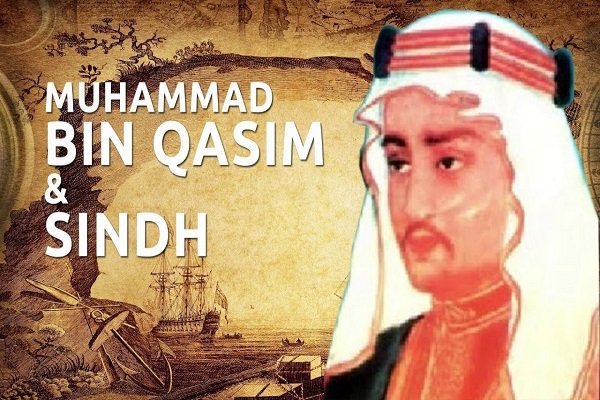
Qasim as a Great Conqueror
He laid the foundations for a permanent empire in India and built Muslim settlements and mosques. He made the people aware of their rights for the first time. Muhammad Bin Qasim became the protector of their lives, property, and honor.
Qasim performed this great feat of the conquest of Sindh in this part of his life which is the time for people to play sports. No other nation in the world can offer such an example of such a young and capable general.
Rapid Spread of Islam
After Qasim, no other ruler was appointed for Sindh. As a result, the advance of the Muslims stopped. However, Islam was introduced in India through Sindh. The people of Sindh converted to Islam in large numbers. Nearly three hundred years after Qasim’s conquest of Sindh and Iraq, they established Arab-Indian relations on scientific and cultural grounds.
The scholarly and cultural relationship of the people of Sindh was not allowed to be severed. The conquest of Sindh was the beginning of a democratic and enlightened era in political, cultural, and scientific terms.
Objections
There are basically five types of people who object to Qasim:
Pro-Western Liberal Secular Class
The problem of this class is not Muhammad ibn Qasim but the personality of Muhammad ibn Abdullah. Their main problem is Islam, which is the biggest obstacle in the way of global domination of their western masters. Therefore, lying, distorting history, distorting historical facts, everything is permissible, if desired, if it serves their nefarious purposes.
This class constantly presents false, fabricated stories and Western propaganda as history. On the one hand, this class claims to be the greatest religion of humanity; on the other hand, it promotes nationalism and hollows out the foundations of Islam and Pakistan.
They believe that if the spirit of Muhammad is removed from the body of Pakistan. Then the partition of Pakistan will be easier, and the world’s only Muslim nuclear power will be eliminated, and thus the nefarious intentions of their Western masters will be fulfilled.
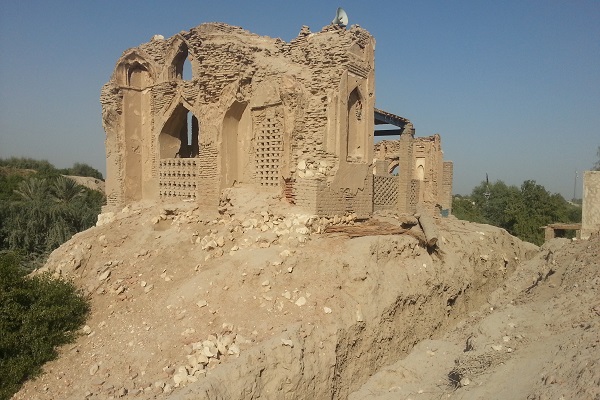
Nationalist, racist, linguistic organizations and groups
Their problem is also basically Islam because Islam is the bearer of universal brotherhood; Islam is against all kinds of caste, color, race, and class division. They portray Qasim as the usurper and Dahir as the grandson of Sindh, but the building of their self-made history stands on a much weaker foundation.
Dahir Rule was one of the worst periods of violation of human rights and religious freedom in Sindh, and during this period, the original inhabitants of Sindh, their religion and culture were severely crushed, which is why the people of Sindh joined Qasim in overthrowing Dahir Raj, voluntarily converted to Islam in droves, and on his return made his idols and worshiped them.
Sectarian organizations and groups
This is the only group in religious garb that opposes Qasim, not because of him, but because of the differences in the early periods of Islamic history. The main argument of this group is that Abdul Malik and his nominee for governor of Iraq, Hajjaj ibn Yusuf were tyranted and oppressive ruler whose hands are stained with the blood of Shia Ali, since also belonged to the same Umayyad period so, his good is also bad.
This class has not only promoted the false propaganda of the pro-Western, liberal secular, and nationalist classes but has also laid the groundwork for a new divide among Muslims by giving it a sectarian color. One of the lies that this class has so frequently spread is that Islam in Sindh had not only come much earlier than Qasim but had also spread widely through Sadat and Sufis.
And secondly, the real purpose of Qasim’s visit to Sindh was to eradicate Sadat like Abdullah Shah Ghazi, who had made his roots in the people of Sindh.
Followers of Hinduism
Dahir’s father, Chach, overthrew Buddhism Raj in Sindh and established the Brahmanical rule, but this rule of tyranny lasted only a few years, and Qasim became the savior for the oppressed classes of Sindh. This once again promoted religious tolerance in Sindh and established a system of justice.
It inspired a large number of Sindhi Buddhists and lower-caste Hindus to become Muslims, thus ending the Brahmanical rule and Hindu domination in Sindh so it is understandable that the followers of Hinduism, especially the Brahmins, call Qasim a usurper and a looter.
People ignorant of history
This class is actually the victim of the propaganda of the first four classes; these are the Muslims and Pakistanis, who are neither familiar with Islam and Islamic history nor with the Tehreek-e-Pakistan.
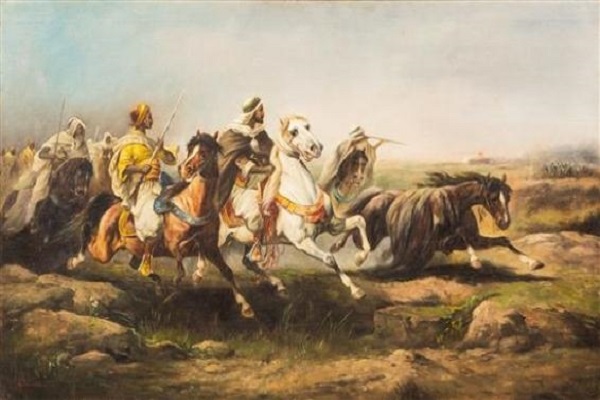
Muhammad Bin Qasim Death
According to Muhammad ibn Ali Abdul Hasan Hamdani, when Rai Dahir was killed, Qasim imprisoned his daughters in his palace and then sent them to his ruler Sulayman ibn Abdul Malik at the hands of his Abyssinian slaves.
When the caliph called them to his haram, the daughters of Raja Dahir lied to the caliph that they were not worthy of the caliph because Qasim had already used them. He became very angry and ordered to bring Qasim in a bull’s skin.
His order was obeyed, but Qasim died on the way due to suffocation in the skin of an ox. Later, the caliph found out about the lies of Raja Dahar’s daughters.

